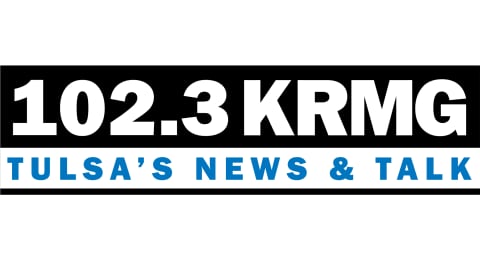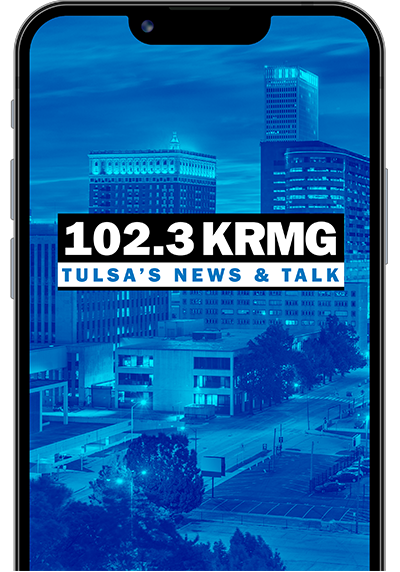The Stafford Act was enacted in 1988 and has been used in the past to respond to natural disasters, such as hurricanes and floods.
Here’s a look at the legislation and what it does.
What is it?
The Robert T. Stafford Disaster Relief and Emergency Assistance Act of 1988 authorizes the delivery of federal technical, financial, logistical and other assistance to states and localities during declared major disasters or emergencies.
The Federal Emergency Management Agency (FEMA) coordinates the administration of disaster relief resources and assistance to states. Federal assistance is provided under the Stafford Act if an event is beyond the combined response capabilities of state and local governments.
How does it work?
There are two ways the Stafford Act can go into effect. From the Association of State and Territorial Health Officials:
- State response and request for assistance: The governor of an affected state must first respond to the emergency event and execute the state’s emergency response plan before requesting a presidential declaration under the Stafford Act. The governor must certify in writing that the magnitude of the event exceeds the state’s capability to respond and that supplemental federal assistance is necessary. In the absence of a specific request, the president may provide accelerated federal assistance where it is necessary to save lives or prevent severe damage.
- Presidential declaration: The Stafford Act authorizes the president to declare a “major disaster” or “emergency” in response to an incident or threatened incident that overwhelms the response capability of state or local governments. A presidential declaration under the Stafford Act enables access to disaster relief assistance and funds as appropriated by Congress. The Disaster Relief Fund has several billion dollars immediately available for the emergency needs of state and local governments, but its use is limited to those purposes specifically authorized in the Stafford Act — implementing allowed activities to respond to major disasters and emergencies as defined in the act. Congress may authorize additional funds as an event dictates. The presidential declaration specifies the types of assistance authorized.
What else is authorized when a national emergency is declared and the Stafford Act goes into effect?
The secretary of the Department of Health and Human Services can be granted authority under the Social Security Act Section 1135 to temporarily waive or modify certain Medicare, Medicaid, SCHIP, and HIPAA requirements.
There must be a public health emergency determination under Section 319 of the Public Health Service Act, as well as a presidential declaration under the Stafford Act or the National Emergencies Act.
What type of events does the Stafford Act cover?
The Stafford Act covers major disasters and emergencies such as any natural catastrophe or fire, flood, or explosion, regardless of cause, which is of sufficient severity to warrant federal assistance. It also covers emergencies where federal assistance is needed to supplement state/local efforts to save lives, protect public health and safety, protect property, or avert the threat of a catastrophe.
Pandemic influenza and other communicable diseases, such as COVID-19, are defined as emergencies eligible for coverage under the Stafford Act.
What kind of aid is available?
The Stafford Act aid can include direct federal aid in terms of services, grants and technical support, or as reimbursement for services already provided by or contracted for by affected states.
For pandemic emergencies, the act will direct federal assistance through grants for Stafford Act declarations related to pandemics, which COVID-19 is. Direct federal assistance in a pandemic can include, among other things, providing emergency medical care and temporary medical facilities; supplying food, water, medicine, and other supplies; and management control and reduction of immediate threats to public health and safety.
Is there any other federal legislation that would come into play?
Trump also enacted the National Emergencies Act. The National Emergencies Act authorizes the president to declare a national emergency, which triggers emergency authorities that exist in other federal laws.
What powers does a president have when a national emergency is declared?
Through federal law, when an emergency is declared, a variety of powers are available to the president to use. The Brennan Center for Justice lists 136 special provisions that become available to a president who declares a national emergency.
A CRS report states, “Under the powers delegated by such statutes, the president may seize property, organize and control the means of production, seize commodities, assign military forces abroad, institute martial law, seize and control all transportation and communication, regulate the operation of private enterprise, restrict travel, and, in a variety of ways, control the lives of United States citizens.”
Cox Media Group





